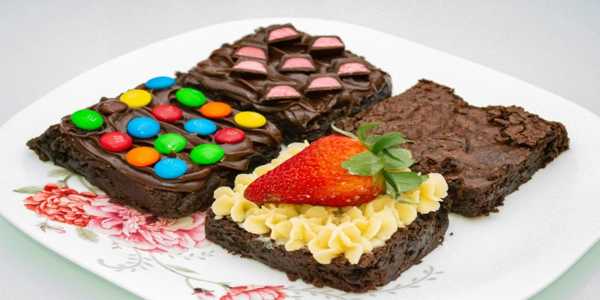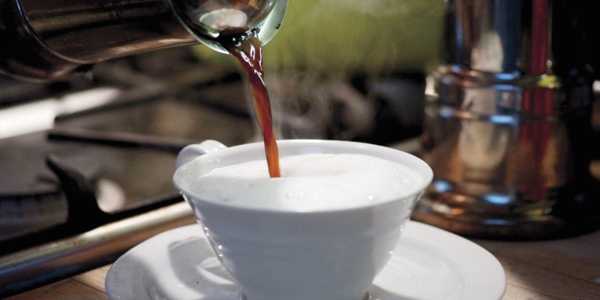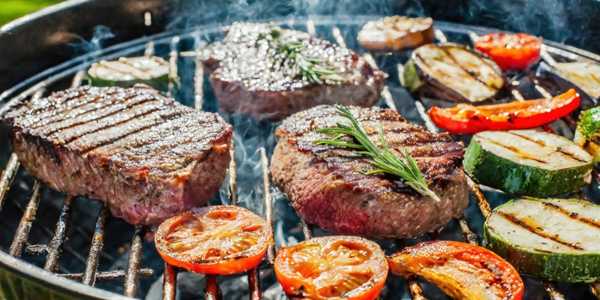The Secret To Perfect Cheesecake: Tips And Tricks
There’s nothing quite like sinking your fork into a smooth, creamy slice of cheesecake. Many of us like to eat cheesecake regularly, with berries on top, or preferably with chocolate.
But let’s get down to business: cheesecake is infamous. It’s the dessert that can allow you to feel like a top-notch chef for a moment and stare at the cracks and crumbles of the other.
So, what's the secret? How can you transition from cheesecake wild to cheesecake master? Hold on because we will share the perfect cheesecake tips to make your dessert as perfect as this!
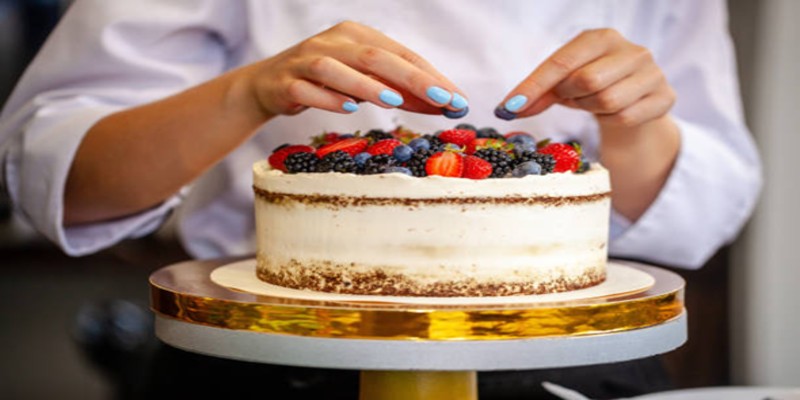
It Starts With The Crust
Like any cheesecake, this recipe has a strong base, and the crust is all about that. One might ask why that is important; it is described as the buttery, crumbly pastry to the rich, creamy filling.
Please choose the right crumbs. Common choices are graham crackers, but you can substitute them with digestive biscuits, Oreos, or gingersnaps for an extra taste.
Pack it tight: To do this, use the bottom of a measuring cup or glass and press it firmly on your pan. There will be no loose crumbs on top of the bread, only a crumbly crust—which nobody wants.
Pre-bake for perfection: Pre-baking makes your crust non-soggy and ready in about 8-10 minutes. After adding the filling, you can bake it again for a few additional minutes.
The Cream Cheese Matters
Not all cream cheese is created equal. If you want the perfect cheesecake recipe, start with the star ingredient.
Go full-fat: Cheesecake is not the place for low-fat cream cheese. Rich, creamy cheesecakes demand the real deal.
Let it soften: Room-temperature cream cheese blends more smoothly, giving you that silky texture you’re after.
Pro tip? Leave it out for at least an hour before starting.
Blend to perfection: Beat your cream cheese thoroughly to avoid lumps. Nobody wants a surprise chunk of cream cheese in their slice!
Eggs, Sugar, And Flavoring
Cheesecake filling is a delicate balance of ingredients, so let’s break it down:
Sugar: Granulated sugar dissolves quickly, but add brown sugar for extra depth.
Eggs: Always add eggs one at a time, mixing on low speed. Overbeating eggs introduces air, which leads to cracking—more on that later!
Flavours: Vanilla extract is a must, but don't stop there. Try almond extract, citrus zest, or even a splash of liqueur to elevate your cheesecake game.

No Water Bath? No Problem
Ah, the water bath. It’s one of the most divisive creamy cheesecake tips out there.
Why use one? The water bath (or bain-marie) ensures even baking and prevents cracks by keeping the oven environment moist.
How to do it right: Wrap the outside of your springform pan in a double layer of foil to keep water out. Please place it in a larger pan filled with boiling water, then bake.
Too much work? No worries. Place a pan of hot water on the oven rack below your
cheesecake instead. It’s not perfect, but it helps!
Bake Low And Slow
The secret to how to bake cheesecake is patience. Many do not know that cheesecake is not one of those desserts you can't prepare in haste.
Low temperature: To achieve a creamy texture, bake at 325°F. High heat can lead to those awful cracks or cause curdling.
Gentle doneness test: After shaking the cheesecake slightly, it should still be slightly jiggly in the centre. Baking the bread to that extent results in a dry, crumbly feel and look—something you should never do.
Chill Out, Literally
However, a cheesecake's journey is incomplete once removed from the oven. Therefore, the chilling stage is just as important.
Cool it gradually: After baking, switch off the oven, open the oven door, and let your cheesecake cool down for about an hour. This helps prevent cracks.
Refrigerate: Allow it to rest for four or more hours, preferably overnight. This allows the two to blend and the texture to be firm.
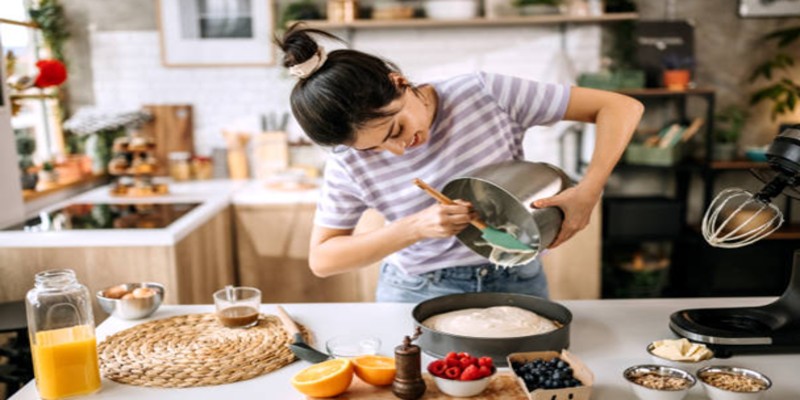
Troubleshooting Cheesecake Problems
Even seasoned bakers run into hiccups. Here’s how to fix the most common issues:
Cracked top: Cover it with whipped cream, fruit, or ganache. No one will ever know!
Soggy crust: Make sure your crust is pre-baked, and double-wrap your pan if using a water bath.
Lumpy filling: Beat your cream cheese until smooth before adding other ingredients. Sift
sugar if it’s clumpy.
Underset cheesecake: If it is too soft after chilling, it likely needs more baking time. Pop it back in the oven for a few minutes at a low temp.
The Final Slice
This makes cheesecake art rather than science; it just takes a lot of practice, patience, and some showmanship.
Using these basics of cheesecake preparation, you stand a better chance of creating a cheesecake that will leave your guests demanding more.
So, what are you waiting for? Put on your cooking costume, and have your cream cheese for the cheesecake journey. Each segment is a sweet moment to happen, and bring good luck!

